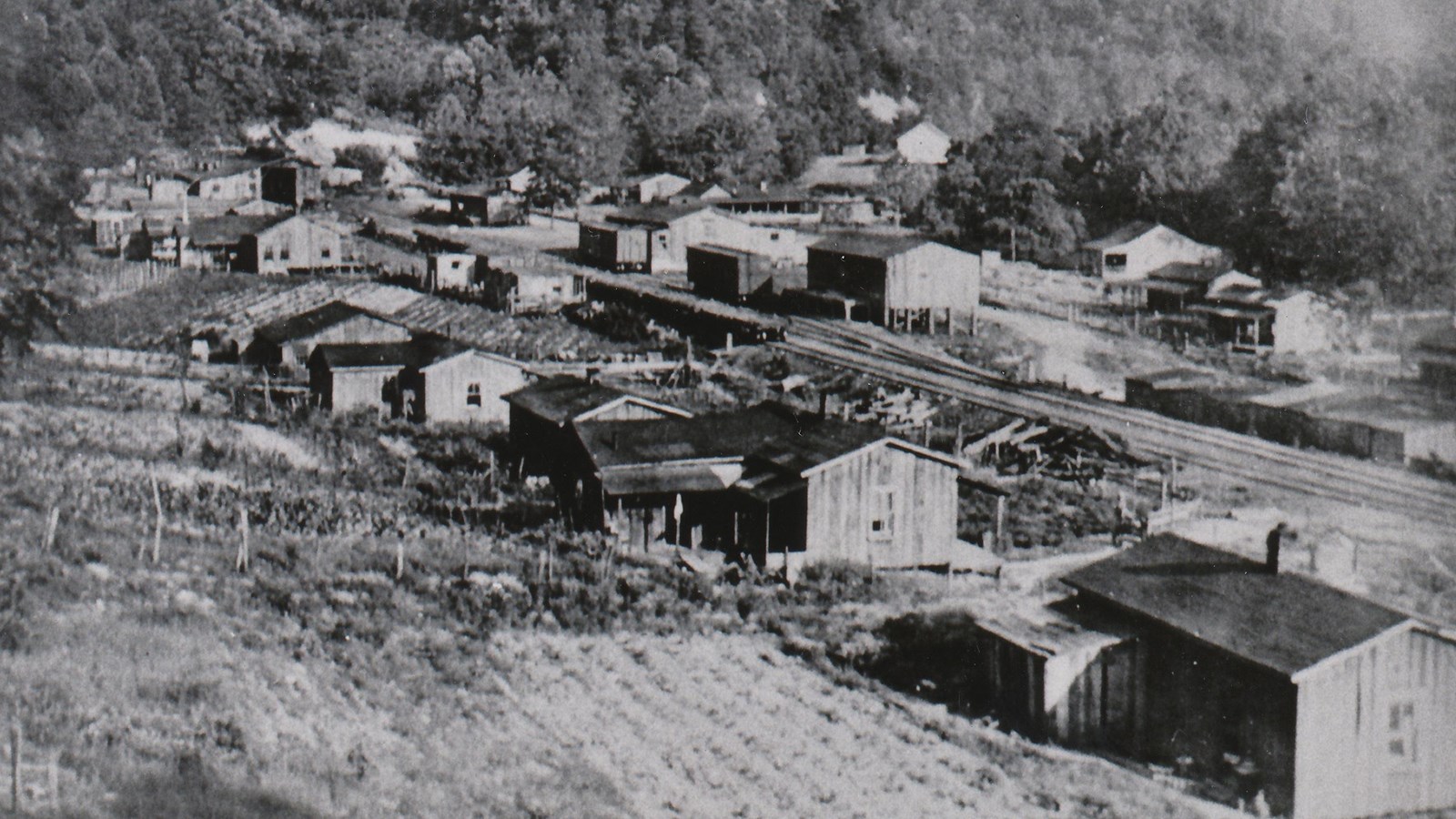Last updated: October 10, 2024
Place
Old Town of Elkmont

NPS Photo
Entrance Passes for Sale, Firewood For Sale/Available, First Aid Kit Available, Food/Drink - Vending Machine/Self Service, Information - Maps Available, Information - Park Newspaper Available, Information Kiosk/Bulletin Board, Parking - Auto, Restroom - Seasonal
Despite popular belief, the story of Daisy Town does not begin at the historic cabins, rather, it starts here.
Welcome to Elkmont Campground. Before it became the largest campground in Great Smoky Mountains National Park, Elkmont was the second largest town in Sevier County. By 1918, the town had over 1,500 residents and was considered a “company town” built by the Little River Lumber Company and Railroad in 1908. The company owned almost 80,000 acres of what is now the national park. Elkmont’s strategic location (halfway between Clingmans Dome and the town of Townsend) made it economical to transport cut trees by railroad to the sawmill in Townsend, then off to markets around the world.
Standing at the present-day yield sign on your left, look down the road to your right where the walk-in tent sites are located. Using the photograph circa 1917/18, try to imagine Elkmont’s former Main Street or Rail Street where a single railroad track ran 18 miles from Townsend. The track was divided into three tracks for the short length of the town of Elkmont. (You are standing at the bottom right corner of the photo. The flat straight drive was built directly on the old railroad bed.) The town consisted of a commissary (company store), church, school, hotel, tavern, machine shop, and employee houses. Not long after the town opened, Little River Lumber Company leased the land east of Elkmont town to the Appalachian Club of Knoxville, and west of town to the Wonderland Club.
By 1925, the lumber company finished logging the area, pulled up all the rails, closed the town, and started logging the area known as Tremont.
It is hard to believe that just over 100 years ago this area was a bustling town of over 1,500 residents.
As you travel between stops, look for signs of the people who came before us, watch for distinct gaps in the forest which could indicate the route of an old railroad bed, or consider the size and type of trees around you. Learning to read the landscape can reveal clues about a time gone by…
